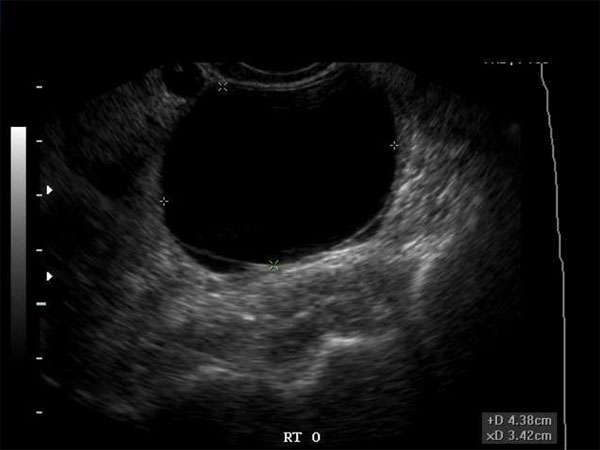Unlocking the Benefits of CME: How it Impacts Patient Care
The Importance of Continuing Medical Education (CME)
In the healthcare field, staying up to date with the latest advancements and knowledge is crucial for delivering high-quality patient care. This is where Continuing Medical Education (CME) plays a vital role. CME refers to the educational activities that healthcare professionals undertake to enhance their skills and knowledge after completing their formal medical education. It is an ongoing process that helps professionals stay abreast of the latest research, technologies, and treatments in their respective fields.
Requirements for CME
For sonographers, doctors (Radiologists, OB/GYN, Emergency Medicine, Family Practice, Internal Medicine), Nurse Practitioners, and Physician Assistants, maintaining their professional certifications often requires completing a certain number of CME credits within a specific time period. The number of required credits varies depending on the profession and the certifying board.
Benefits of CME for Patient Care
1. Updated Skills and Knowledge: CME ensures that healthcare professionals are equipped with the most current information and techniques. This enables them to provide accurate diagnoses, recommend appropriate treatments, and deliver the best possible care to their patients.
2. Improved Patient Outcomes: By staying updated through CME, healthcare professionals can implement evidence-based practices and guidelines, leading to improved patient outcomes. This includes reducing medical errors, enhancing patient safety, and optimizing treatment plans.
3. Enhanced Patient Communication: CME often focuses on improving communication skills, which are vital for effective doctor-patient interactions. By honing their communication skills, healthcare professionals can better understand their patients’ concerns, provide clear explanations, and build trust, ultimately leading to improved patient satisfaction and compliance.
4. Multidisciplinary Collaboration: CME activities often provide opportunities for healthcare professionals from different specialties to come together and learn from each other. This collaborative learning environment fosters interdisciplinary teamwork and improves coordination of care, resulting in better patient outcomes.
Conclusion
Continuing Medical Education (CME) is essential for healthcare professionals to stay current with the latest advancements in their fields. By completing CME requirements, sonographers, doctors, nurse practitioners, and physician assistants can enhance their skills, improve patient outcomes, and provide the highest standard of care. Investing in CME not only benefits healthcare professionals but also positively impacts the overall quality of patient care.






